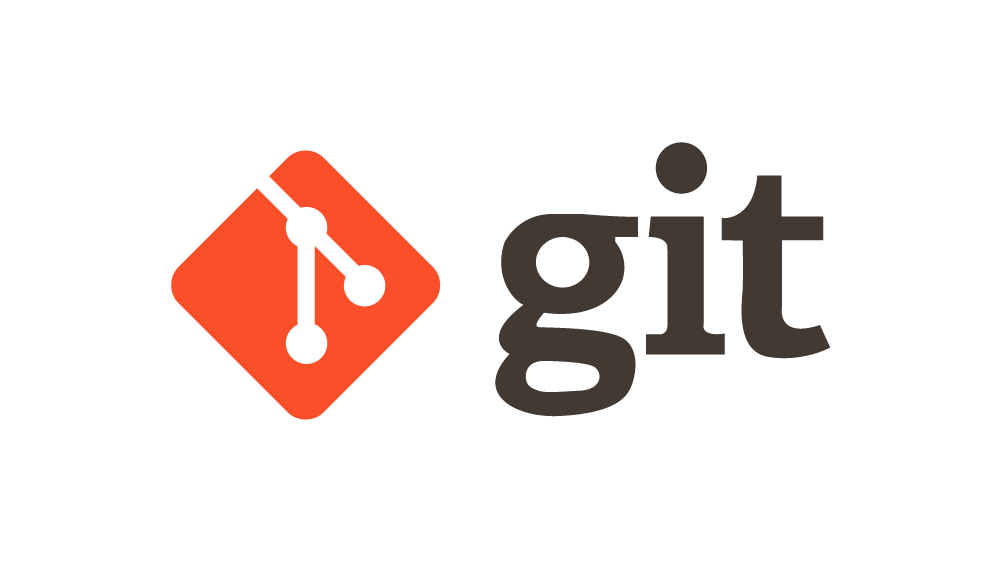Discover Git: The leading technology for version control and collaboration
In today's digital world, collaboration is essential to software development. Git, the industry-leading version control framework, enables development teams to seamlessly collaborate and effectively manage their projects. Join us as we dive into the world of Git and discover its many uses!
Git: An Overview
Git is a distributed version control system developed by Linus Torvalds in 2005. It allows developers to track the change history of their projects and facilitates team collaboration. Git provides a fast and efficient way to manage code changes and ensure that all team members are always up to date.
Why use Git?
There are numerous benefits to using Git, including:
- Efficient collaboration: Git allows developers to work independently on different parts of a project without interfering with each other. Changes can be seamlessly merged later.
- Version control: Git stores every change in a project history. This allows developers to revert to previous versions when needed and to identify bugs more easily.
- Branching and Merging: Git supports the creation of branches where developers can work on features or bug fixes in isolation. Subsequently, these changes can be merged back into the main development branch (master).
- Offline work: Since Git is a distributed system, developers can work locally on their machine and synchronize changes later with the central repository.

Git Basics
Git Basics
To use Git effectively, you should know some basic concepts and commands, including:
Repository: A Git repository is a directory that contains the code and version history of a project. It is the central location where changes are tracked and stored.
Commit: A commit is a snapshot of the changes in a project. Commits are stored in a history that allows you to track the evolution of a project.
Branch: A branch is a standalone copy of the project that exists in parallel with the main branch. Developers can work independently in a branch and later integrate their changes into the main branch.
Merge: Amerge is the process of moving changes from one branch to another. This allows different parts of a project to be merged and conflicts to be resolved.
Clone: A clone is a local copy of a Git repository stored on a developer's machine. Developers can make changes to this local repository and later synchronize them with the central repository.
Fetch, Pull, and Push: Fetch is the process of getting the latest changes from a remote repository without automatically integrating them. Pull is the process of retrieving the latest changes and automatically integrating them into the local repository. Push is the process of sending local changes to the remote repository so that other developers can access them.
Git workflows
Git workflows
An effective workflow is critical to successful collaboration in a team. When working with Git, there are several established workflows, including:
Feature Branch Workflow: in this workflow, each developer creates a separate branch for each feature or bug fix. Once the work is complete, the branch is integrated into the main branch. This ensures a clean separation of the different tasks and facilitates collaboration.
Gitflow workflow: The Gitflow workflow is an extension of the feature branch workflow and defines clearer rules for managing branches. There are specific branches for development, release, and maintenance of software.
Forking workflow: In the forking workflow, developers do not create branches in the central repository, but "fork" (copy) the entire repository and work in their own private repository. Changes are sent via pull requests to the main repository, where they can be reviewed and integrated.
Git hosting platforms
Git hosting platforms
There are several platforms that host Git repositories and facilitate team collaboration. Among the most popular are:
GitHub: One of the most popular platforms for hosting Git repositories. GitHub offers a user-friendly interface, project management tools, and integrations with other development tools.
GitLab: GitLab is an open source platform available as both a cloud service and a self-hosted solution. GitLab offers similar functionality to GitHub, but adds built-in Continuous Integration and Continuous Deployment (CI/CD) functionality.
Bitbucket: Bitbucket is another Git hosting platform that is particularly attractive to teams using Atlassian products such as Jira and Confluence, as it integrates seamlessly with these tools.
To use Git effectively, you should know some basic concepts and commands, including:
Repository: A Git repository is a directory that contains the code and version history of a project. It is the central location where changes are tracked and stored.
Commit: A commit is a snapshot of the changes in a project. Commits are stored in a history that allows you to track the evolution of a project.
Branch: A branch is a standalone copy of the project that exists in parallel with the main branch. Developers can work independently in a branch and later integrate their changes into the main branch.
Merge: Amerge is the process of moving changes from one branch to another. This allows different parts of a project to be merged and conflicts to be resolved.
Clone: A clone is a local copy of a Git repository stored on a developer's machine. Developers can make changes to this local repository and later synchronize them with the central repository.
Fetch, Pull, and Push: Fetch is the process of getting the latest changes from a remote repository without automatically integrating them. Pull is the process of retrieving the latest changes and automatically integrating them into the local repository. Push is the process of sending local changes to the remote repository so that other developers can access them.
An effective workflow is critical to successful collaboration in a team. When working with Git, there are several established workflows, including:
Feature Branch Workflow: in this workflow, each developer creates a separate branch for each feature or bug fix. Once the work is complete, the branch is integrated into the main branch. This ensures a clean separation of the different tasks and facilitates collaboration.
Gitflow workflow: The Gitflow workflow is an extension of the feature branch workflow and defines clearer rules for managing branches. There are specific branches for development, release, and maintenance of software.
Forking workflow: In the forking workflow, developers do not create branches in the central repository, but "fork" (copy) the entire repository and work in their own private repository. Changes are sent via pull requests to the main repository, where they can be reviewed and integrated.
There are several platforms that host Git repositories and facilitate team collaboration. Among the most popular are:
GitHub: One of the most popular platforms for hosting Git repositories. GitHub offers a user-friendly interface, project management tools, and integrations with other development tools.
GitLab: GitLab is an open source platform available as both a cloud service and a self-hosted solution. GitLab offers similar functionality to GitHub, but adds built-in Continuous Integration and Continuous Deployment (CI/CD) functionality.
Bitbucket: Bitbucket is another Git hosting platform that is particularly attractive to teams using Atlassian products such as Jira and Confluence, as it integrates seamlessly with these tools.
Git has revolutionized the way developers collaborate and manage their projects. With efficient version control, flexible workflows, and a variety of hosting platforms, Git is the tool of choice for millions of developers worldwide. If you're in software development, don't ignore the opportunities Git offers. Explore Git and discover how it can improve collaboration and efficiency in your team. Whether you're an experienced developer or a newcomer to the industry, Git has the potential to fundamentally change the way you work and make your projects a success. Take advantage of Git and see how it has revolutionized software development. Join the growing community of Git users and benefit from the industry-leading version control and collaboration technology.
